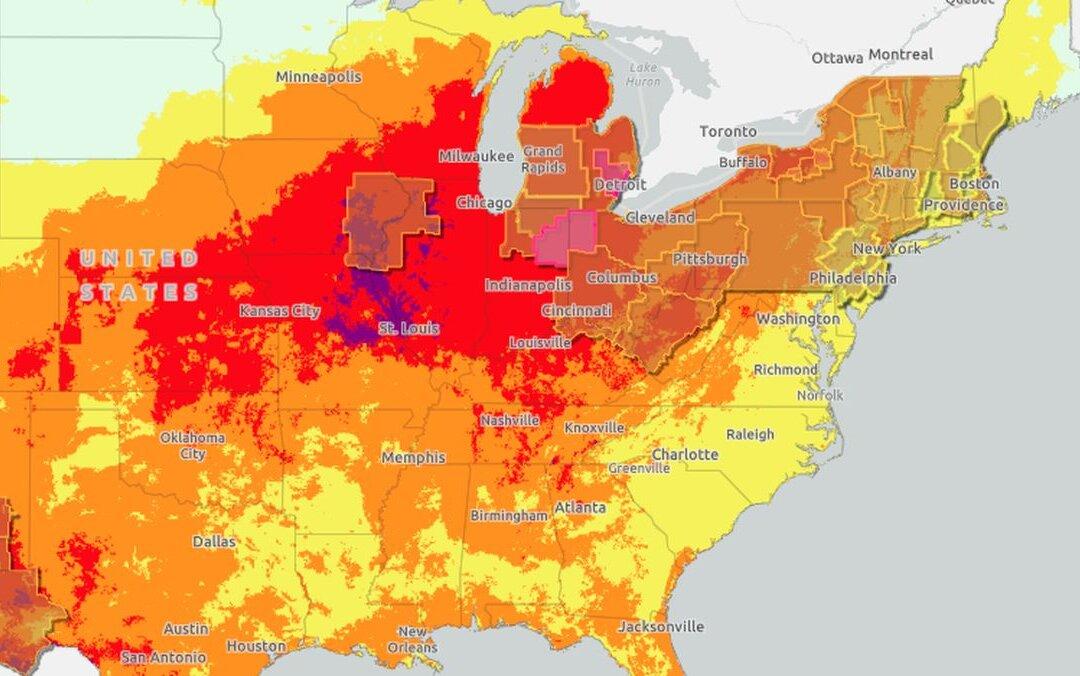The National Weather Service (NWS) issued heat advisories and excessive heat warnings for a swath of the U.S. East Coast and Midwest for June 18, while the weather agency separately warned that the temperatures will only increase as the week progresses.
Heat Wave to Affect Tens of Millions of Americans This Week, Weather Agency Warns
Tens of millions of Americans across the Midwest and East Coast will be under excessive heat advisories this week.

A National Weather Service map shows temperatures across the Eastern U.S. on Monday, June 17, 2024, Heat.gov via The Epoch Times
Jack Phillips is a breaking news reporter who covers a range of topics, including politics, U.S., and health news. A father of two, Jack grew up in California's Central Valley. Follow him on X: https://twitter.com/jackphillips5
Author’s Selected Articles





